During times of weak demand, renewable energy facilities sometimes generate more power than is needed. This is especially common when temperatures are mild, the wind is strong, and skies are clear. In these situations, ISOs will curtail excess carbon-free generation to prevent energy waste, reduce congestion, avoid price collapses, and maintain grid reliability. This pattern frequently occurs in the "shoulder" seasons, spring and fall, when weather conditions are moderate.
This past spring, we saw remarkable levels of curtailment, especially in markets like CAISO and SPP, as more renewable capacity has been added to the grid. The primary driver behind this trend is the rapid growth in renewable energy generation. As clean energy continues to expand, curtailments will likely remain a reality. Heading into fall, we expect similar levels of curtailment, leading to lower energy prices and unique congestion patterns.
CAISO
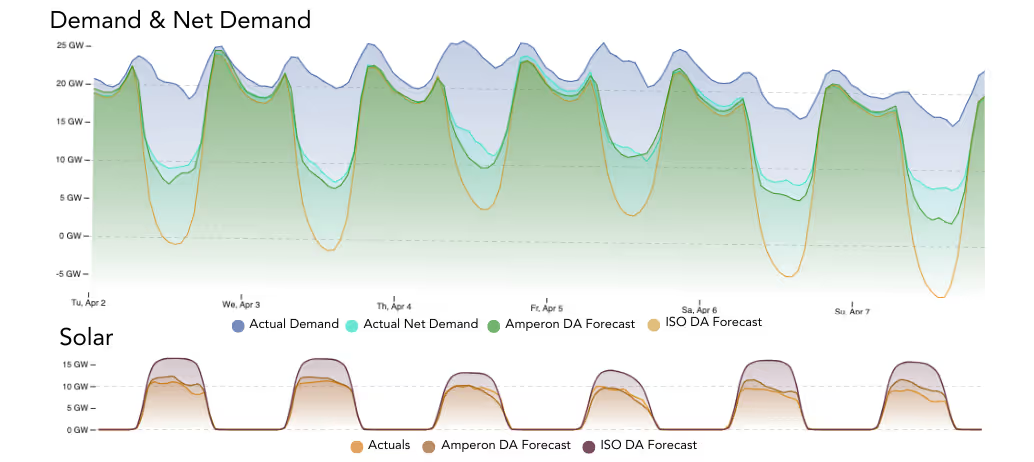
CAISO experienced record-high curtailments from March through May, with April seeing the most significant volume, 839,582 MWh. Pricing in CAISO was notably weak this spring, particularly in April. Mild temperatures reduced demand, and an abundance of renewable energy in SoCal led to normal congestion patterns, like the typical midday South-North Path15 congestion, and widespread negative Marginal Costs of Energy (MCE) during the midday hours. Even when congestion led to positive Locational Marginal Prices (LMPs) in Northern California, NP15 still averaged under $20/MWh during solar hours in April, reflecting the strong downward pressure from negative MCEs. Despite curtailments throughout the month, prices remained weak.

Just last week, we already started seeing similar patterns emerge, with mild temperatures driving down demand and triggering solar curtailments and negative prices. This trend signals that CAISO may face a fall season similar to the one we saw this spring. As of early August, CAISO's grid includes 19,758 MW of solar and 8,356 MW of wind, numbers that continue to grow.
SPP and MISO
In the Midwest, large curtailments this spring were primarily driven by growing renewable generation and mild weather. In SPP, wind energy accounts for approximately 8.2 % of the supply stack as of June 2024, making it the primary renewable source subject to curtailment. On average, SPP and MISO curtailed an hourly average of 800 MW of wind power last year, a strong increase from years past. Wind and solar generation are the easiest and cheapest of the power suppliers to shut down quickly, which is why these are curtailed the most.
Unlike CAISO, curtailments in SPP and MISO often occur late at night or early in the morning when demand is low and wind is strong, or during storms when wind generation peaks. The lack of transmission capacity to transport this excess power safely and the high costs associated with energy losses further exacerbate the issue. Thunderstorms and winter storms, in particular, lead to spikes in curtailment due to strong winds that can overload the system or cause mechanical stress on wind turbines. Overall, curtailments in these regions are not only to reduce oversupply and to mitigate congestion, but most importantly, to maintain grid reliability.

As cooler temperatures return in the evenings and mornings this fall, SPP has already seen early glimpses of these curtailments, with gigawatts of wind being curtailed during early morning and late evening hours. This pattern is expected to continue as demand weakens through the fall.
Curtailment Solutions for Shoulder Season
How can we address the issue of overproducing energy, beyond upgrading the grid and adding transmission lines? One promising solution is the expansion of battery storage. Batteries are increasingly being added to grids to store excess energy during periods of low demand – such as midday when solar generation is high – and to dispatch it during peak demand hours.
This summer, we saw record battery dispatches in CAISO, particularly in the evenings to alleviate grid stress, resulting in countless real-time prices settled lower than the high day-ahead price expectations. By charging batteries with excess renewable energy, less curtailment may be necessary, reducing the reliance on natural gas during peak hours down the road and creating a greener grid overall.
While CAISO is ahead in the renewable energy game and battery capacity grows across different ISOs, this transition could introduce new challenges for traders and offer a glimpse of what other evolving markets might face in the future. Accuracy is crucial when it comes to battery dispatch, whether it's a demand or price forecast, every detail counts when managing the grid. That's why you can trust Amperon to provide precise forecasts, up to 15 days in advance, down to the hour or even closer.



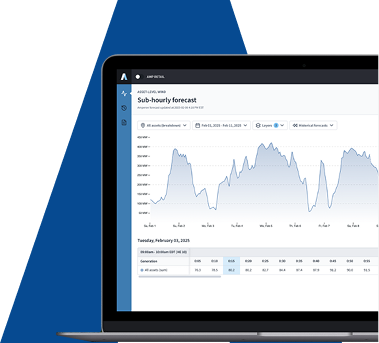
.svg)



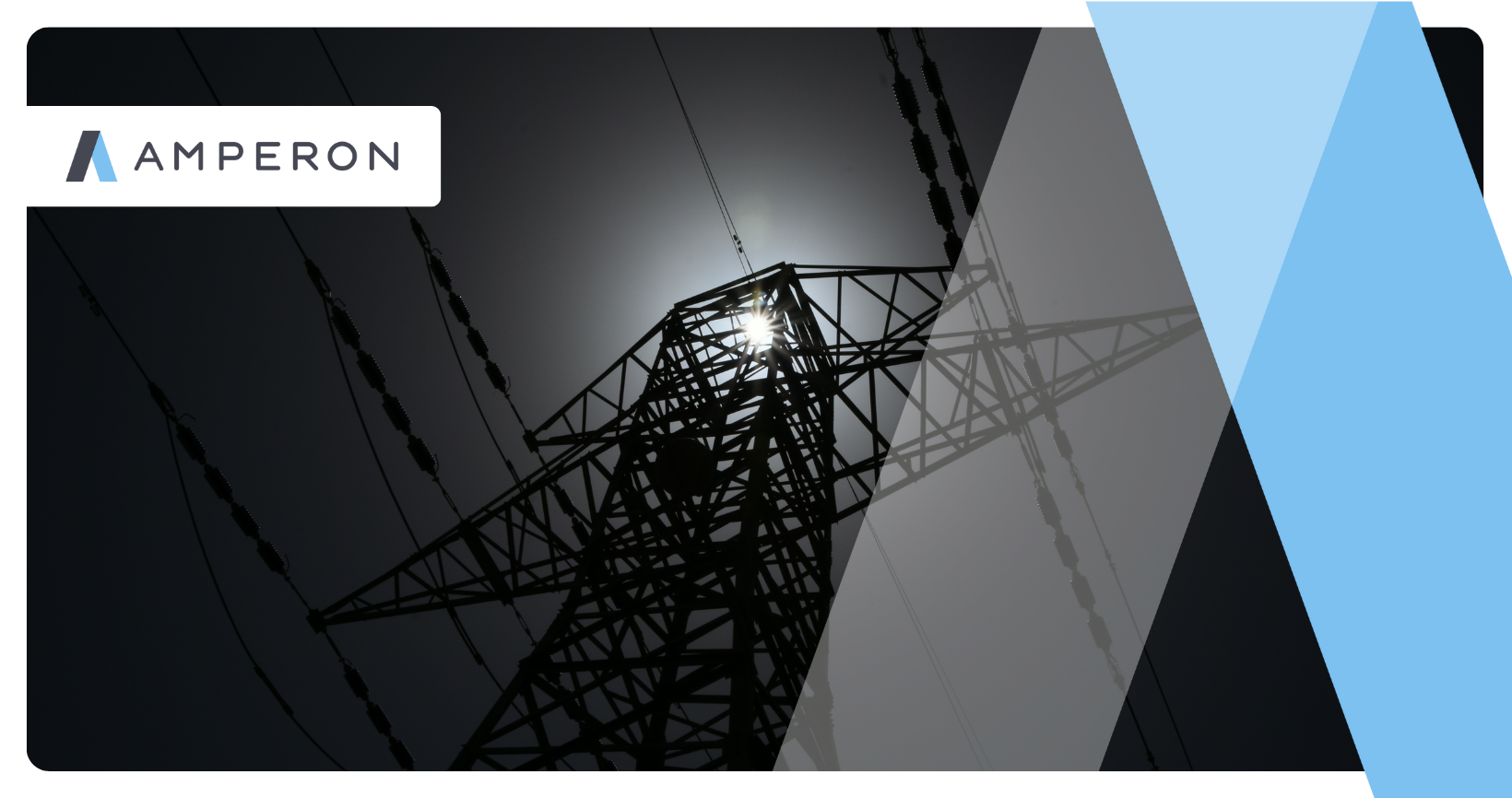

%20(3).png)
%20(2).png)
%20(1).png)

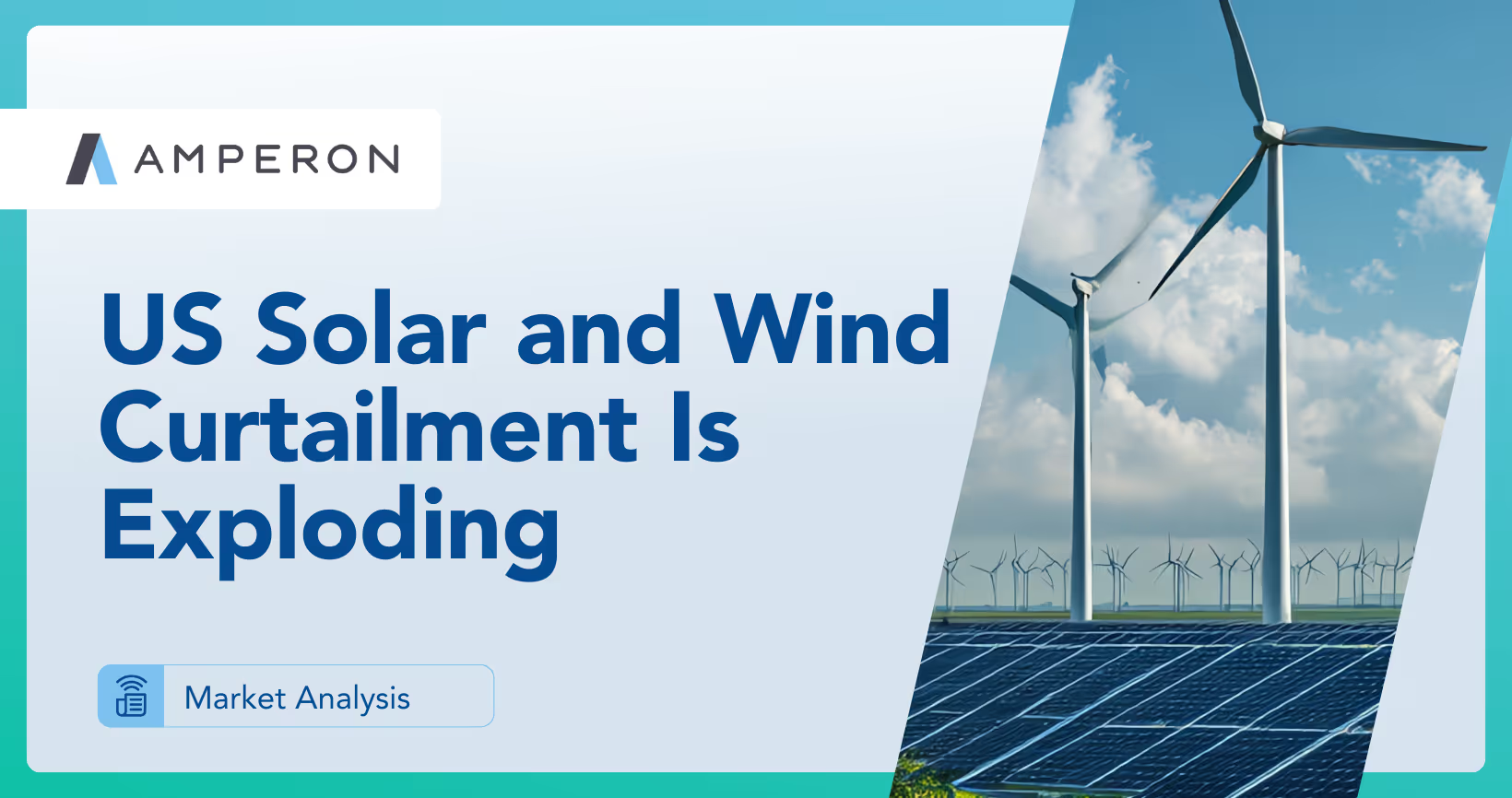



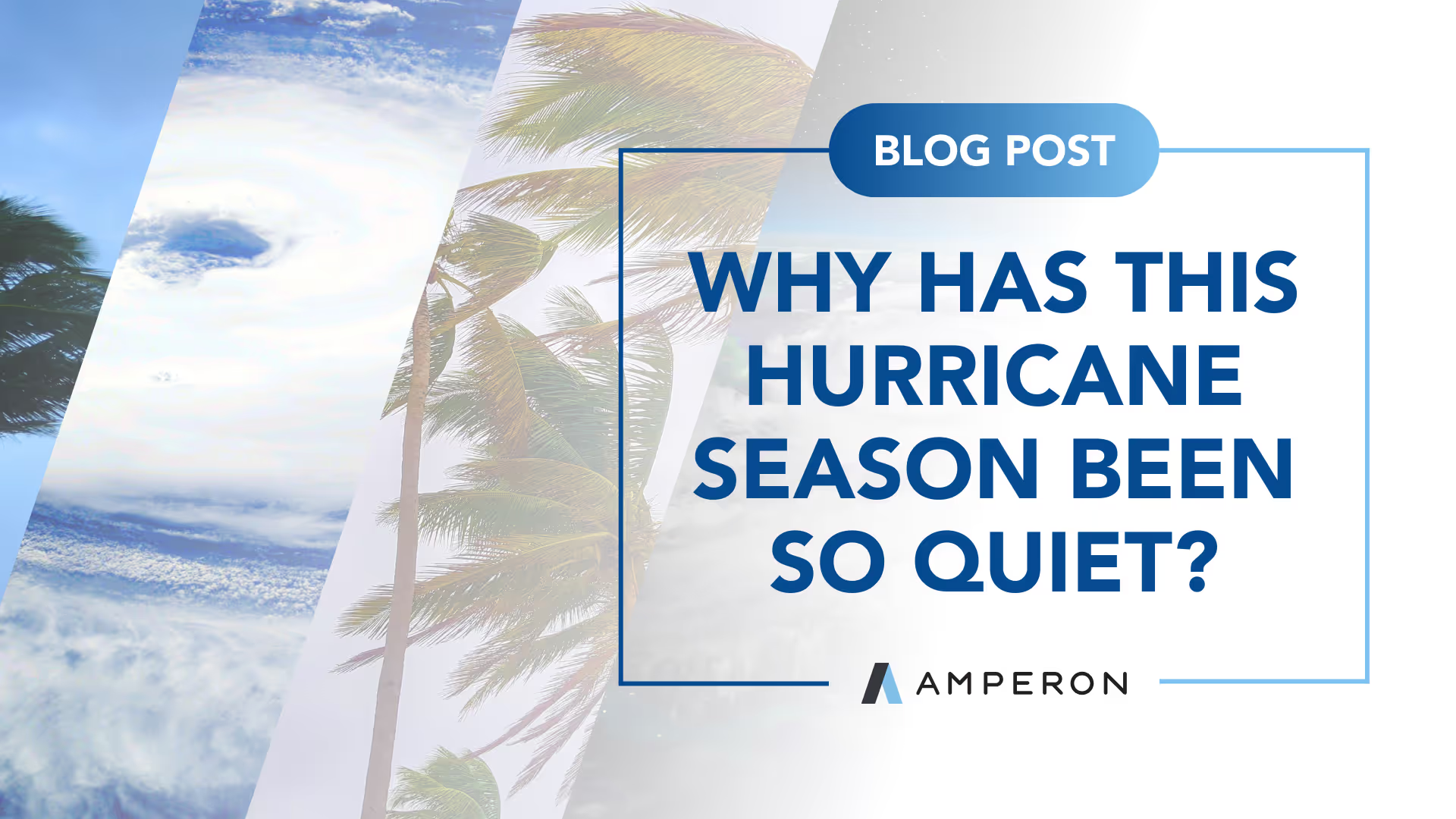
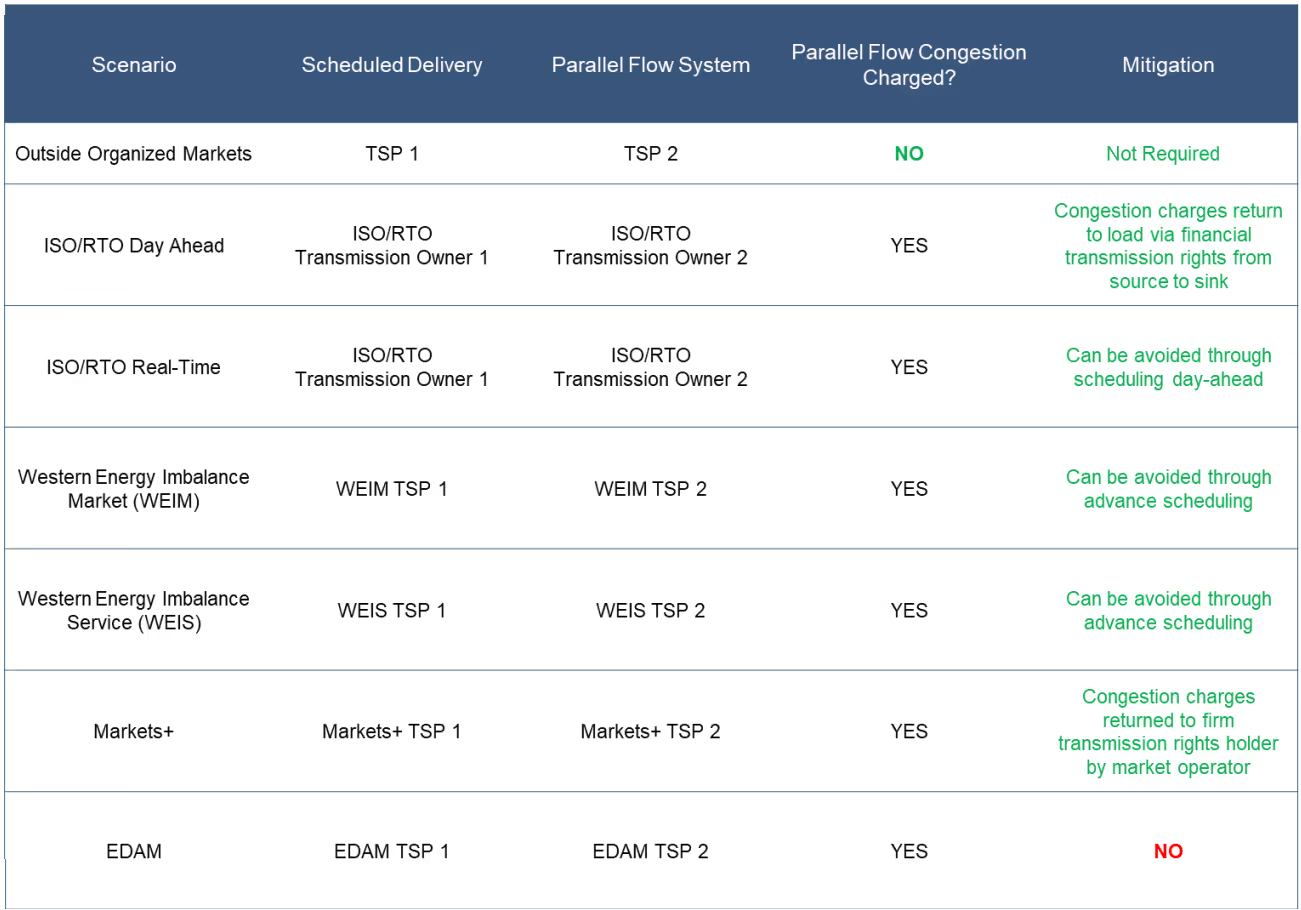
.png)

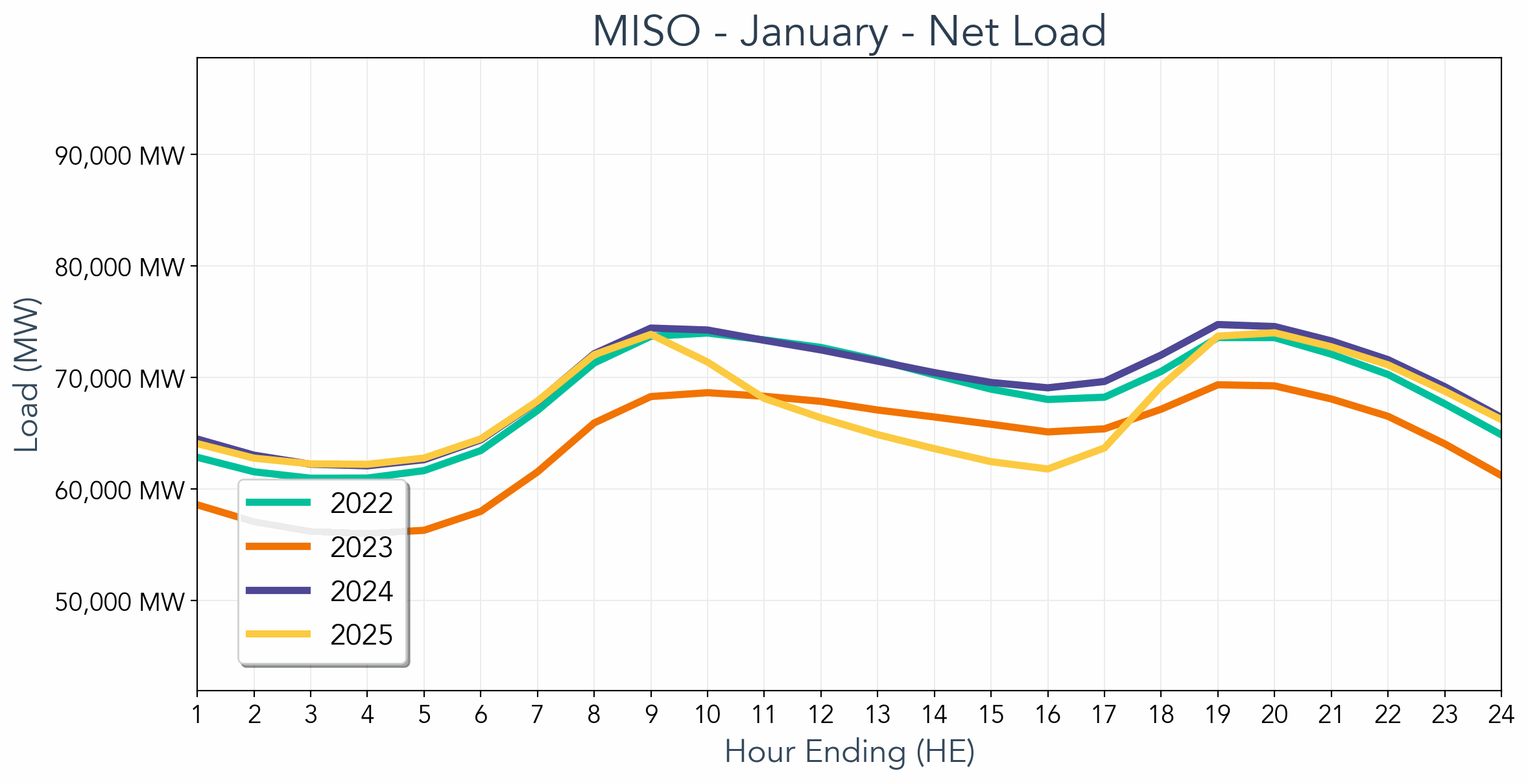

.avif)



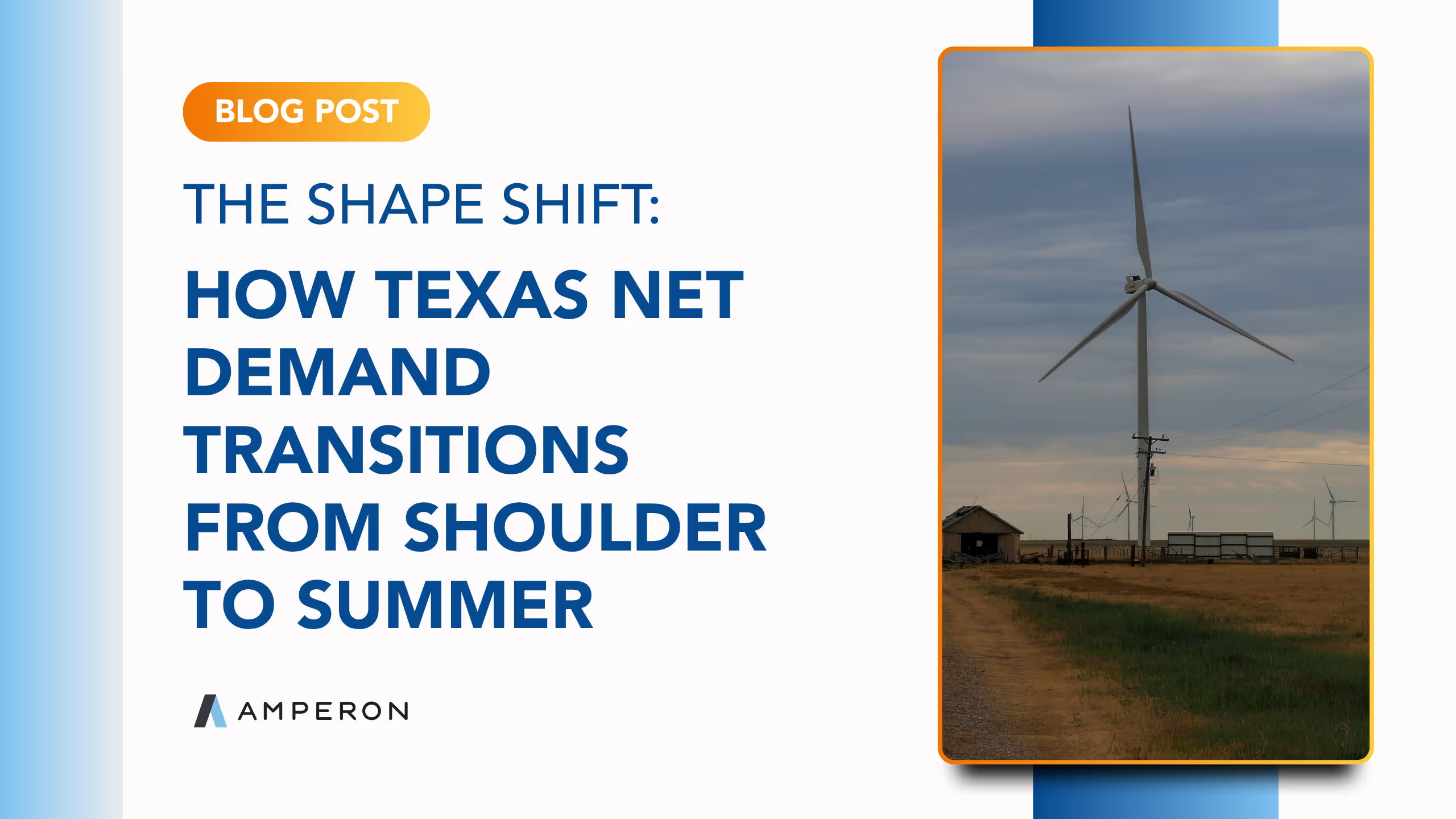
.avif)
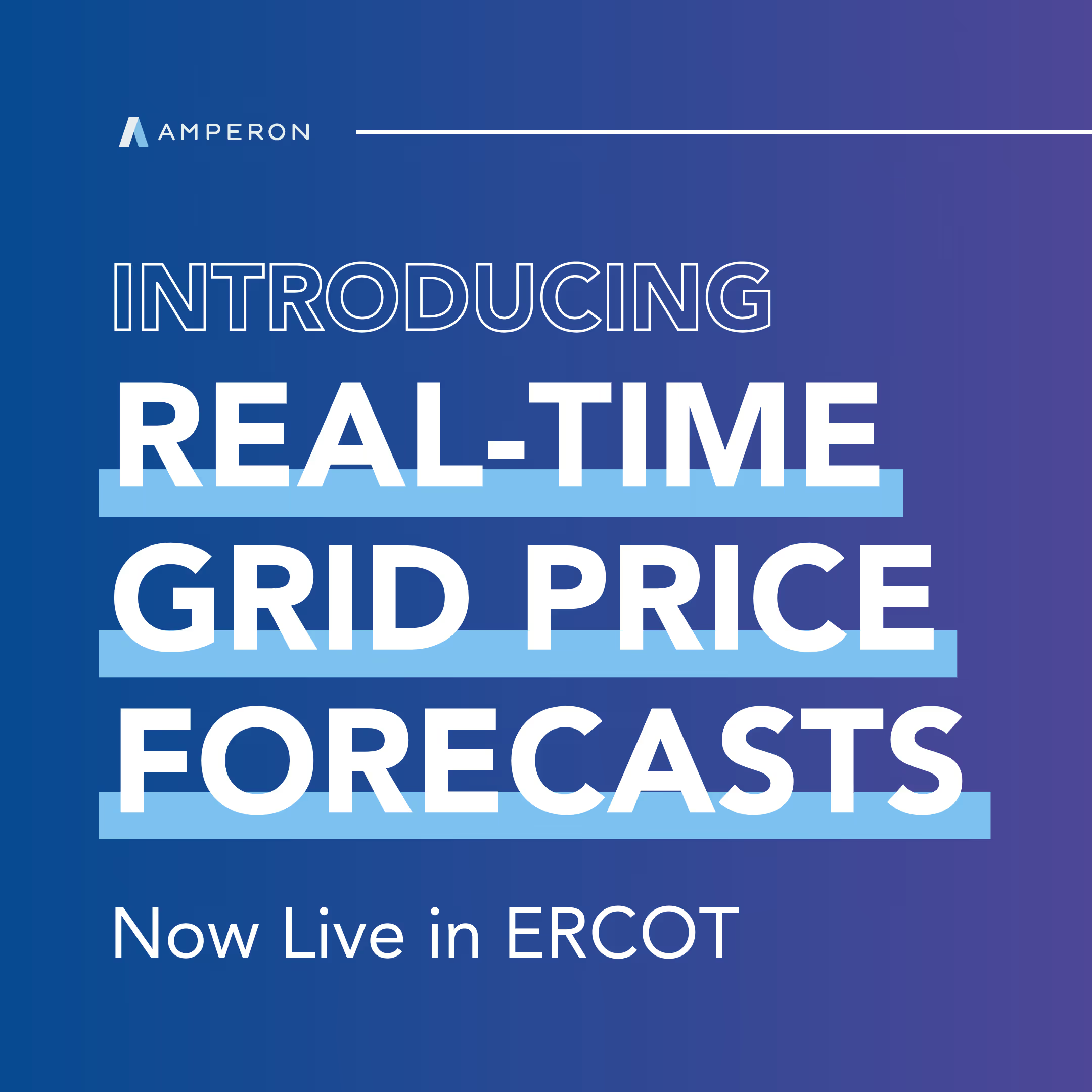
.avif)
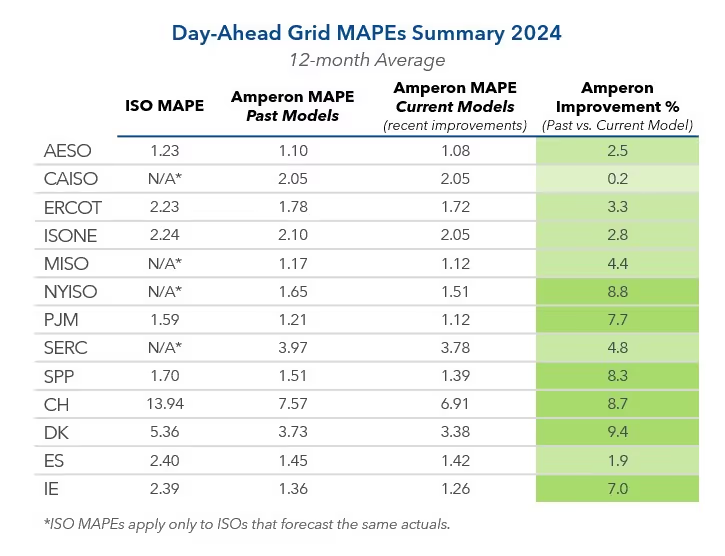

.avif)


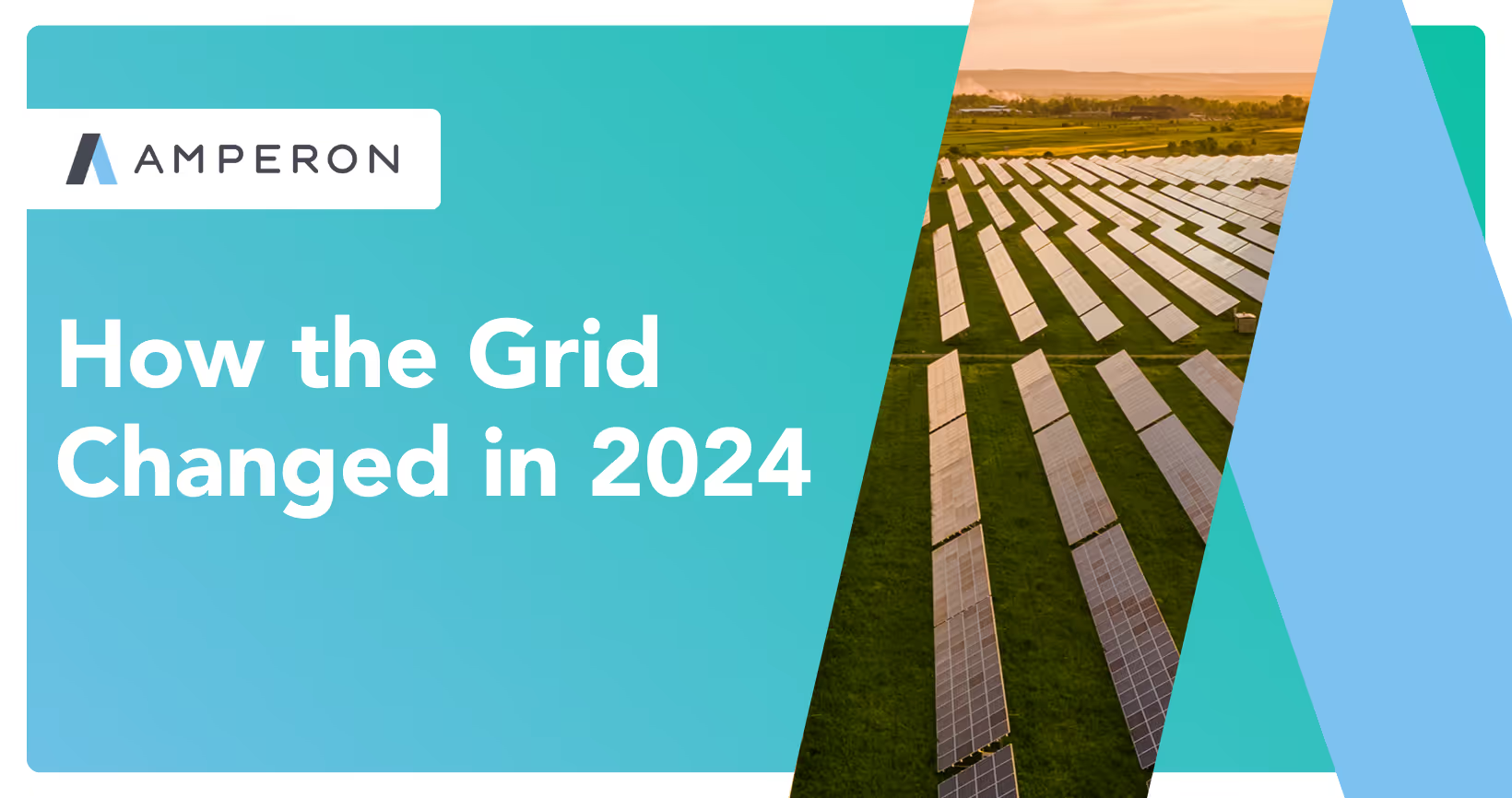
.avif)
%20(15).avif)
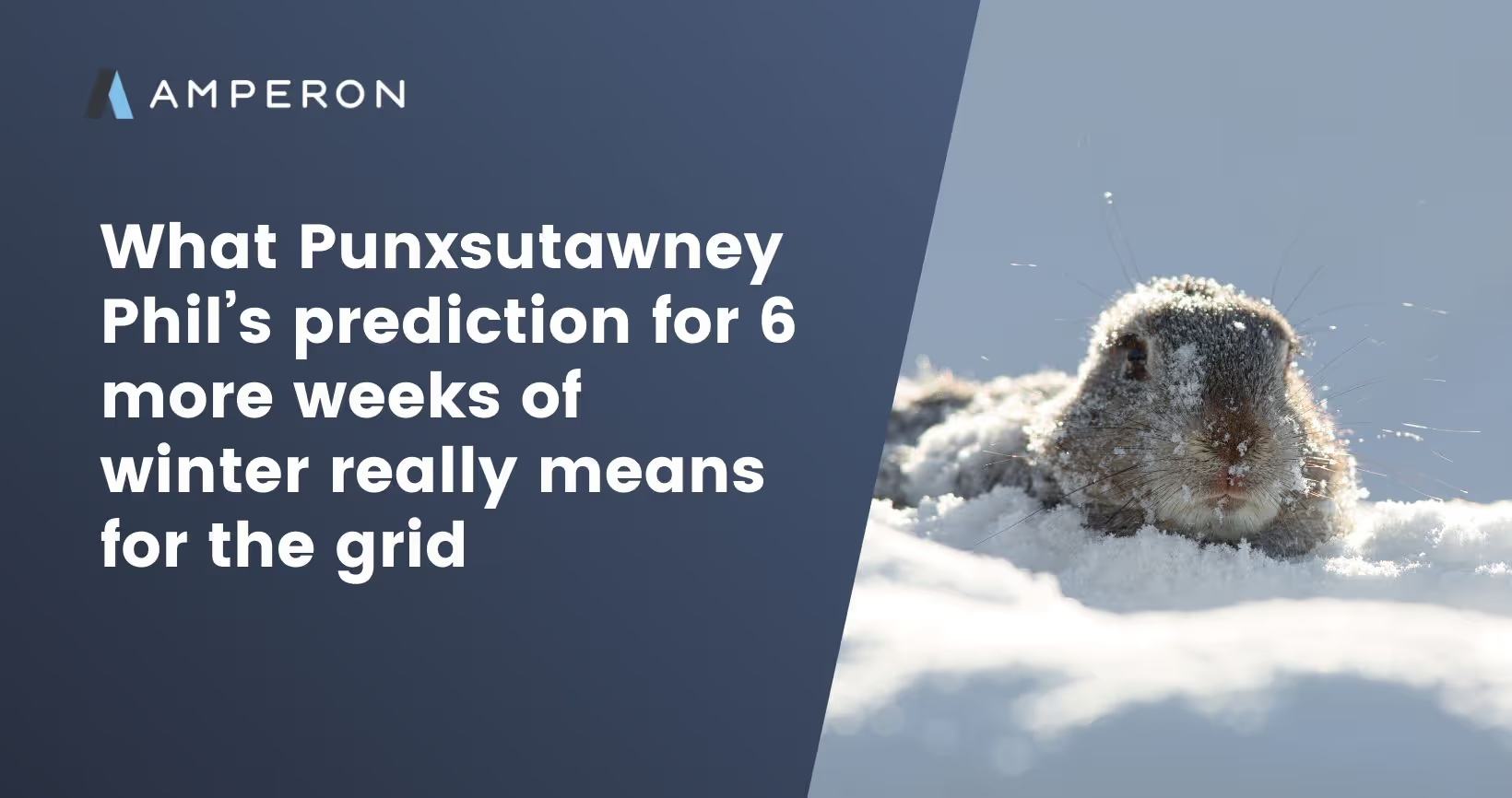
.avif)
%20(10).avif)

.avif)


.avif)

.avif)



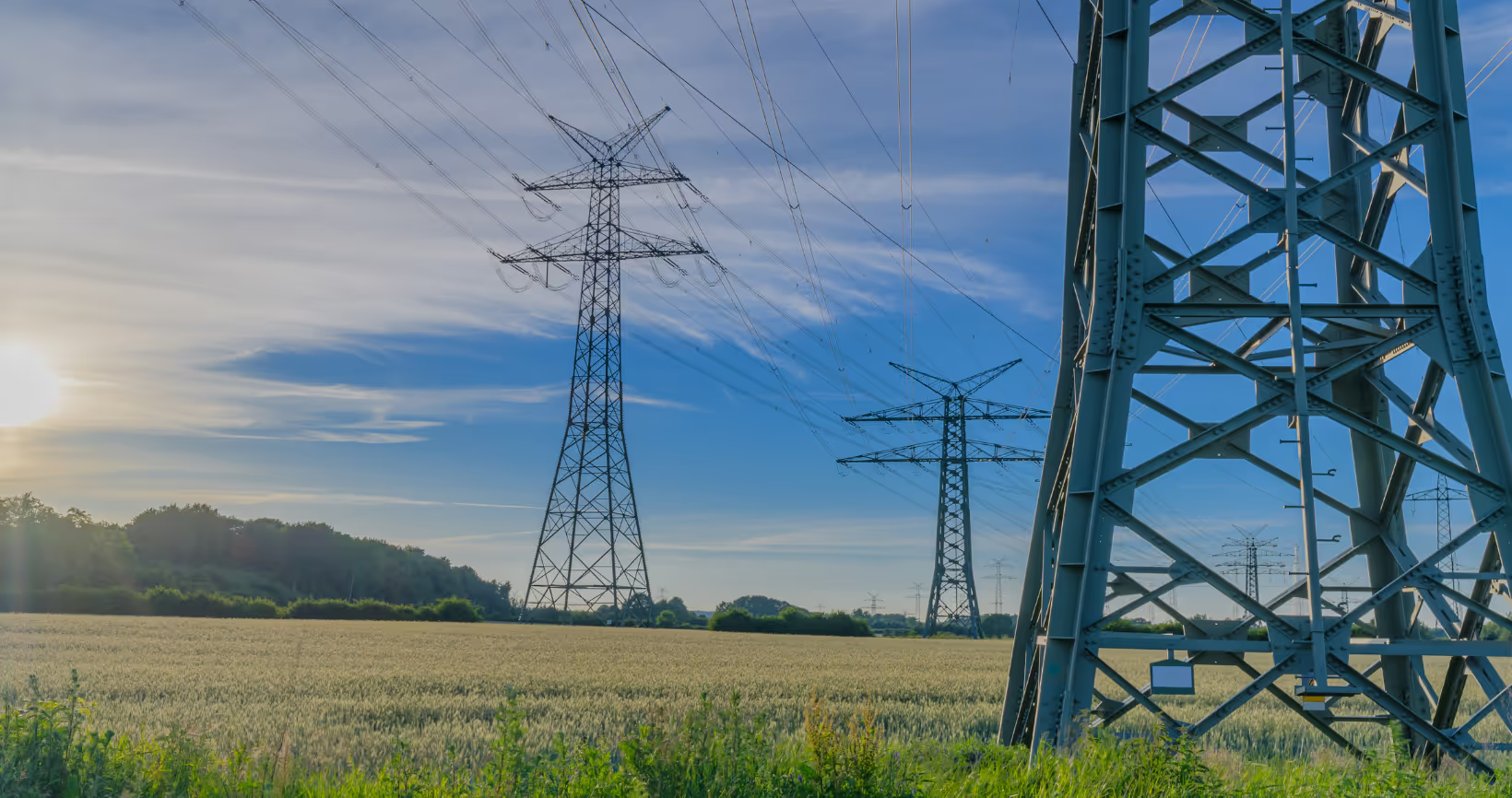


.avif)
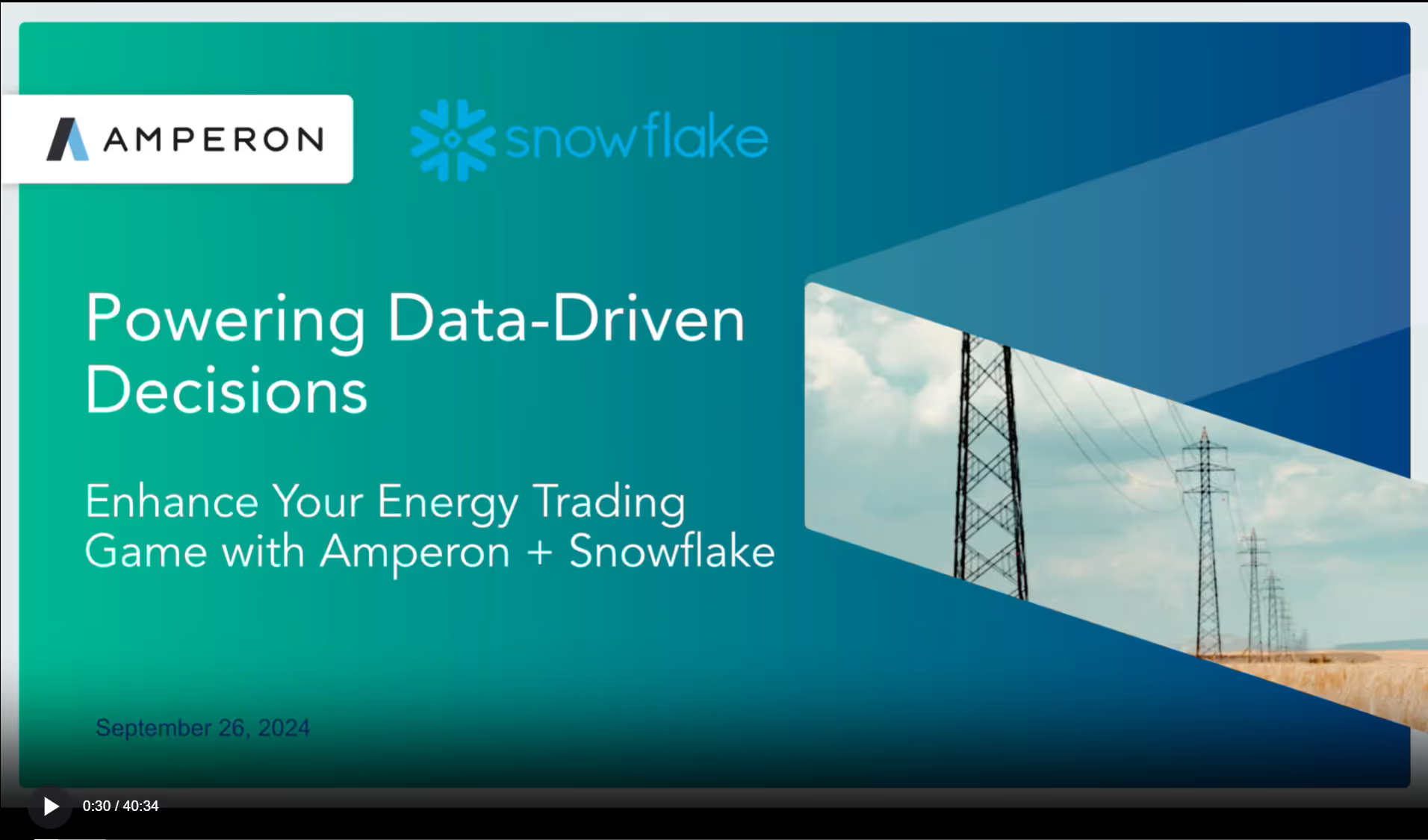


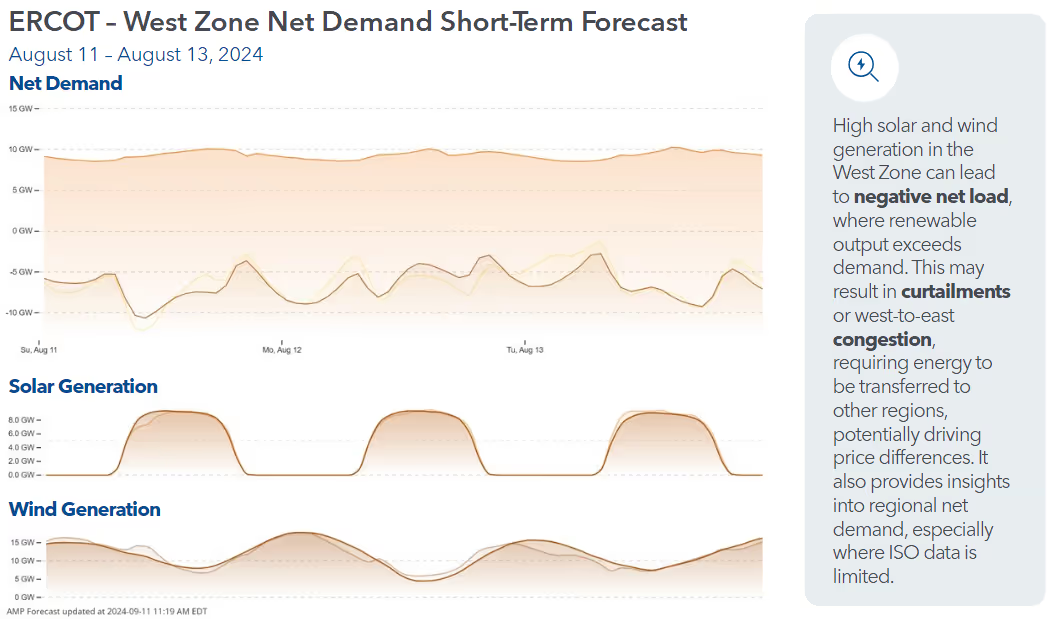
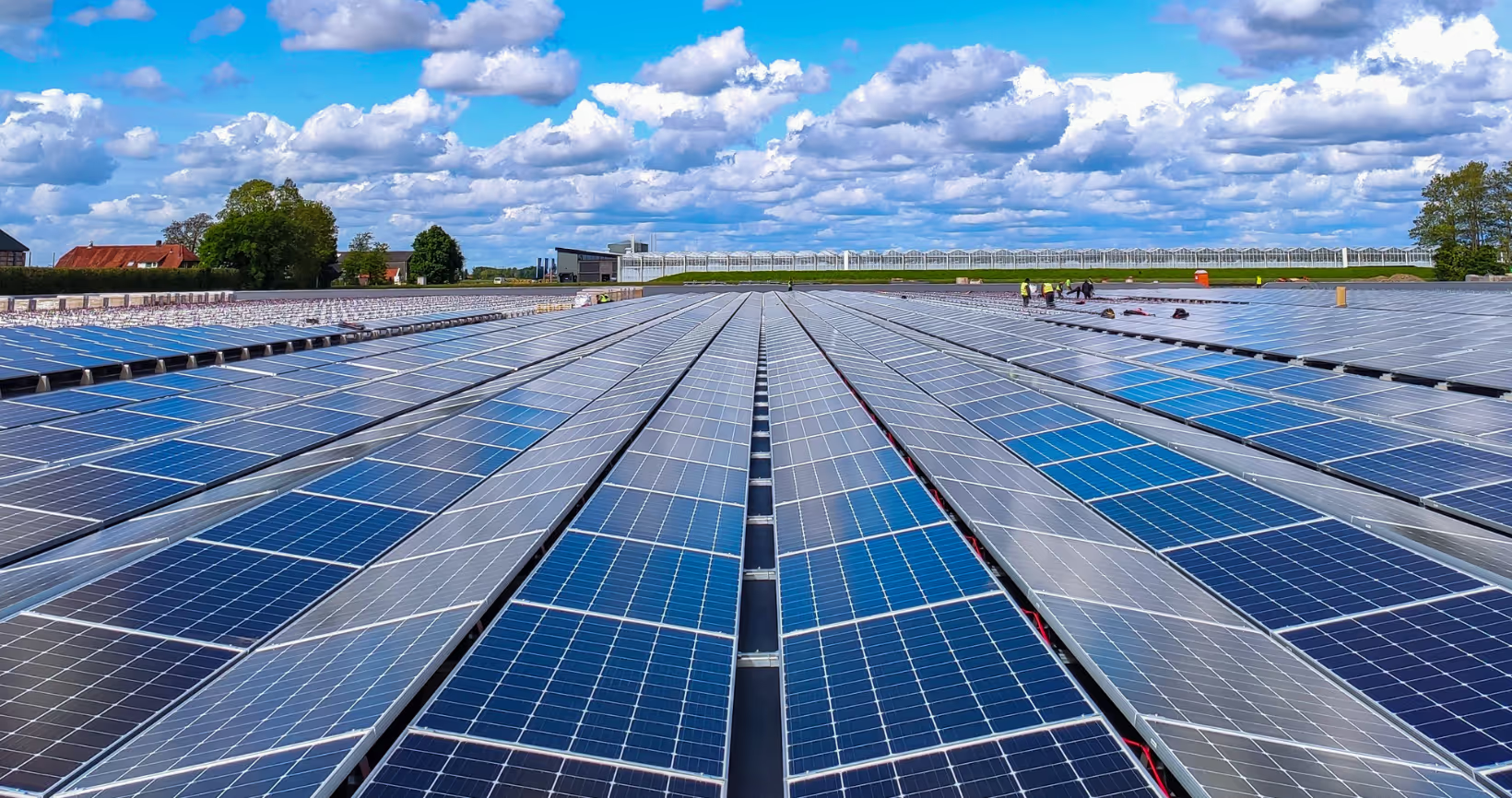



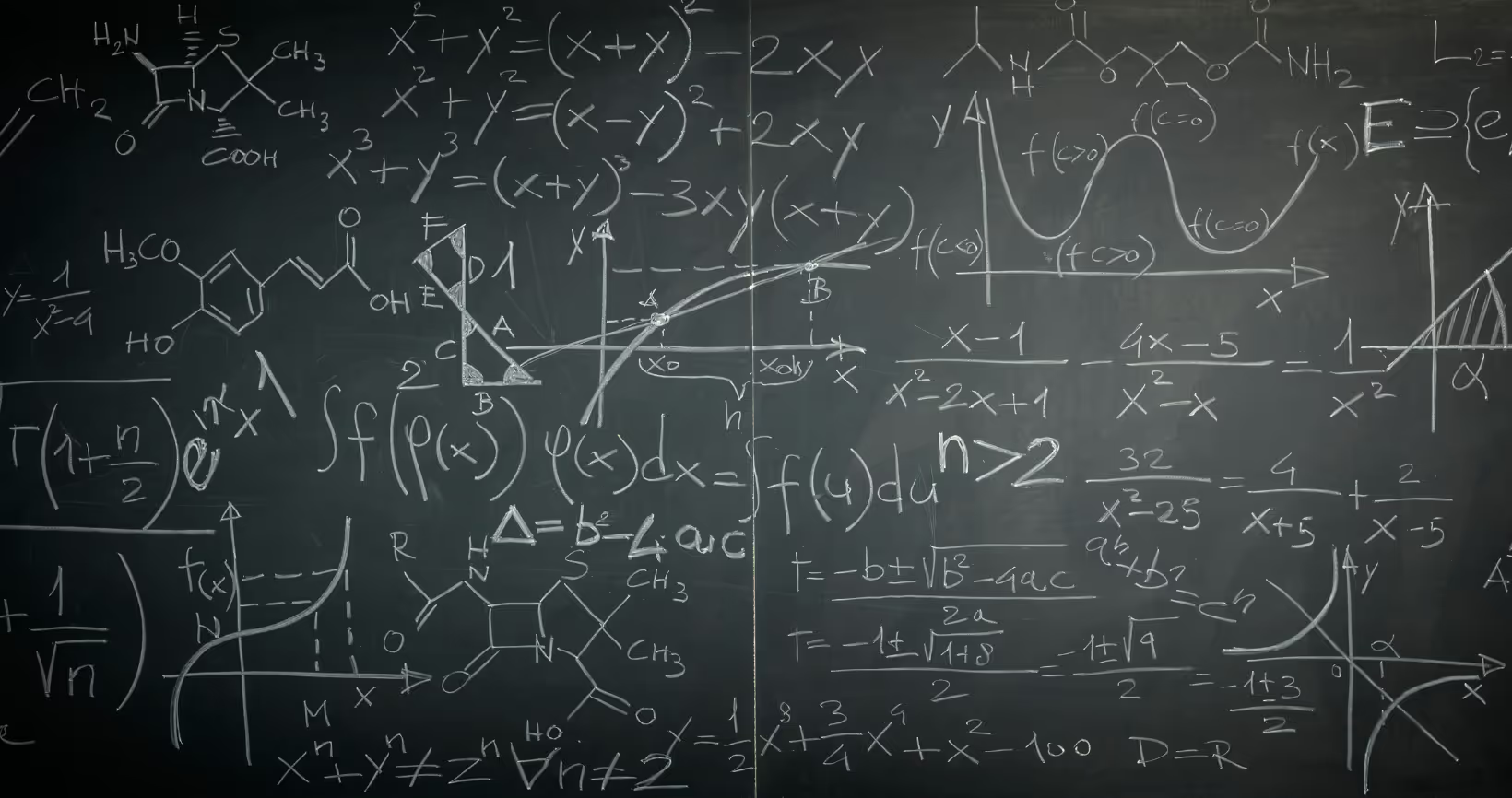
.avif)

.avif)

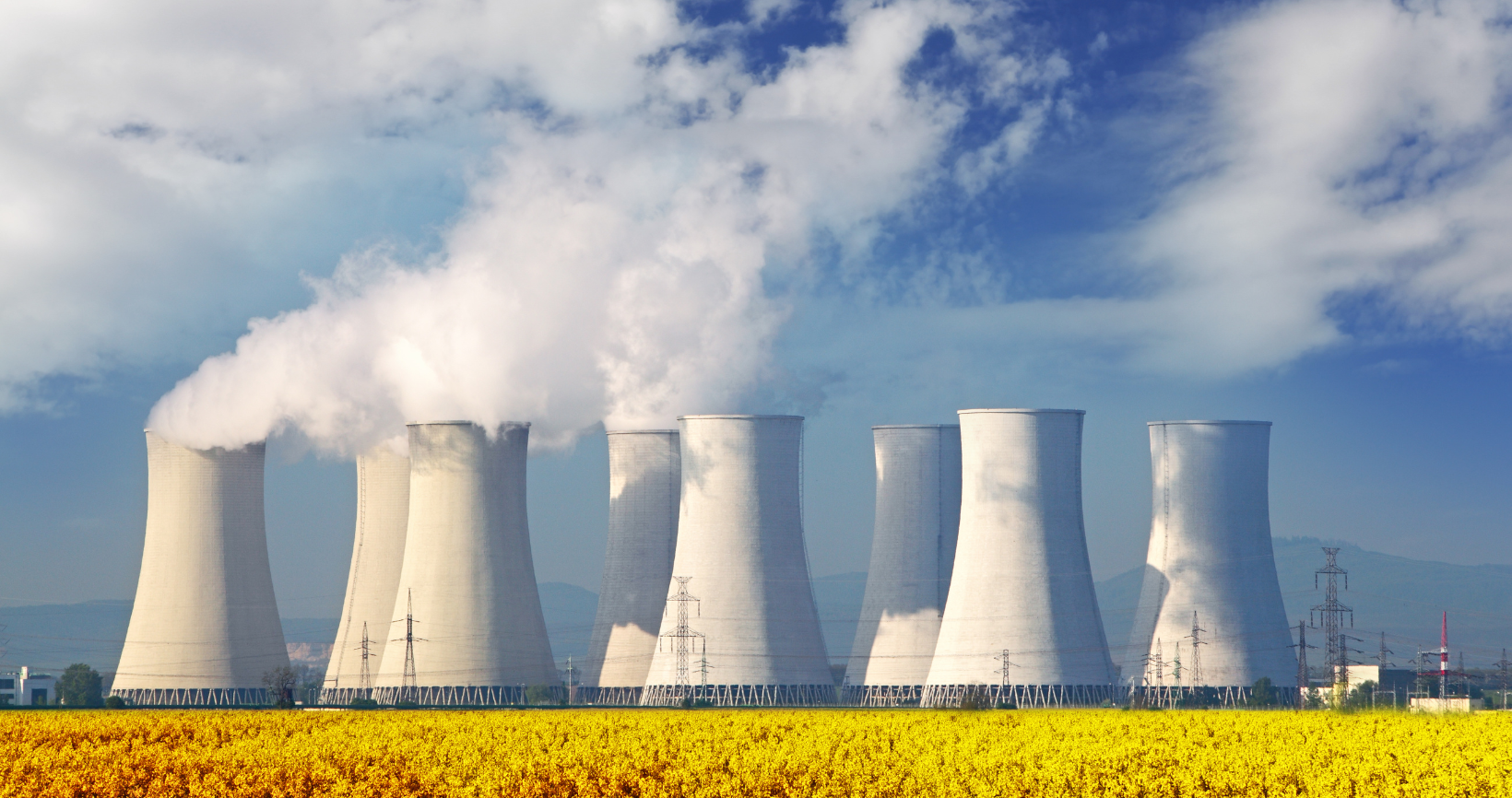


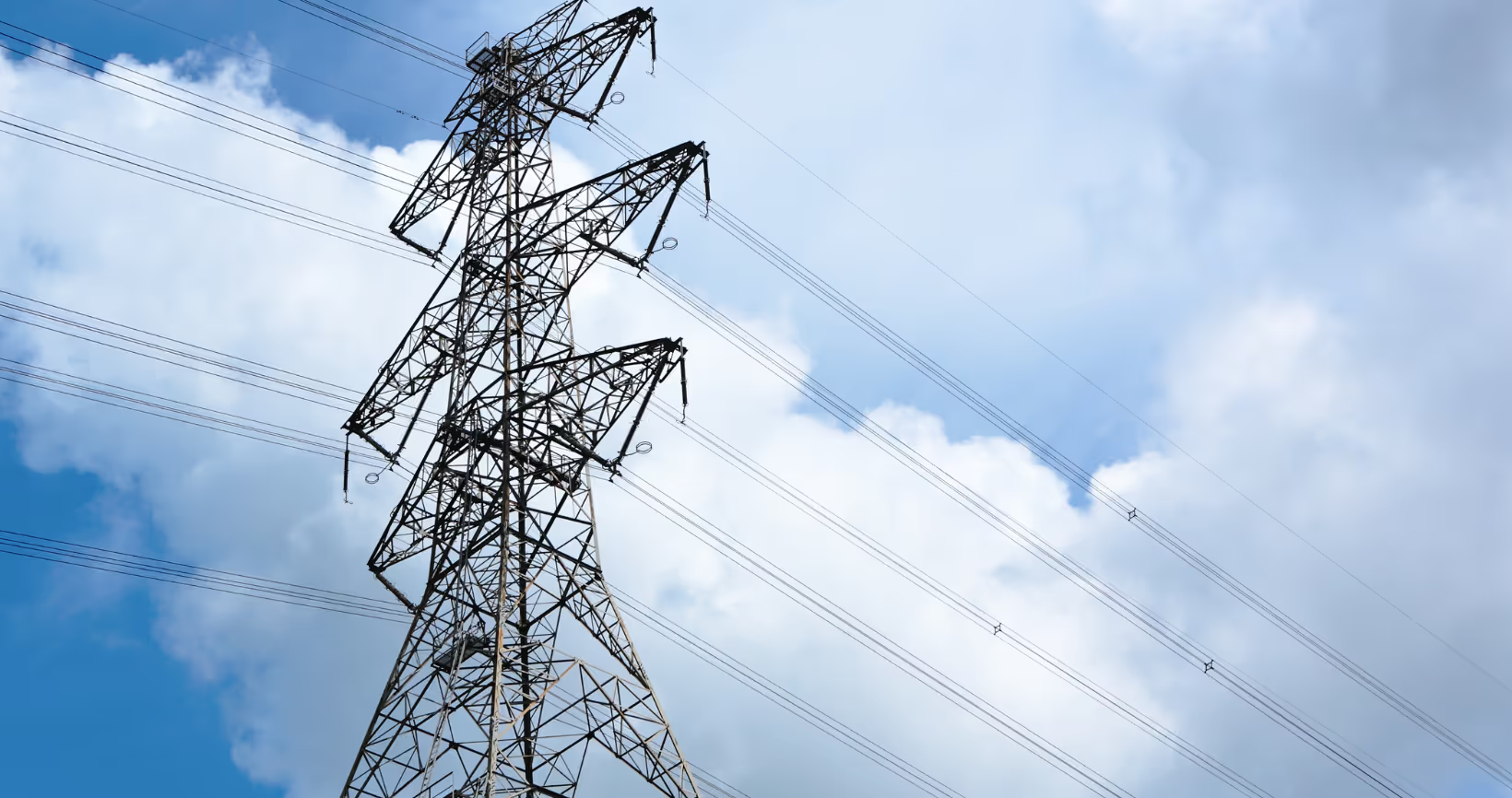
.avif)


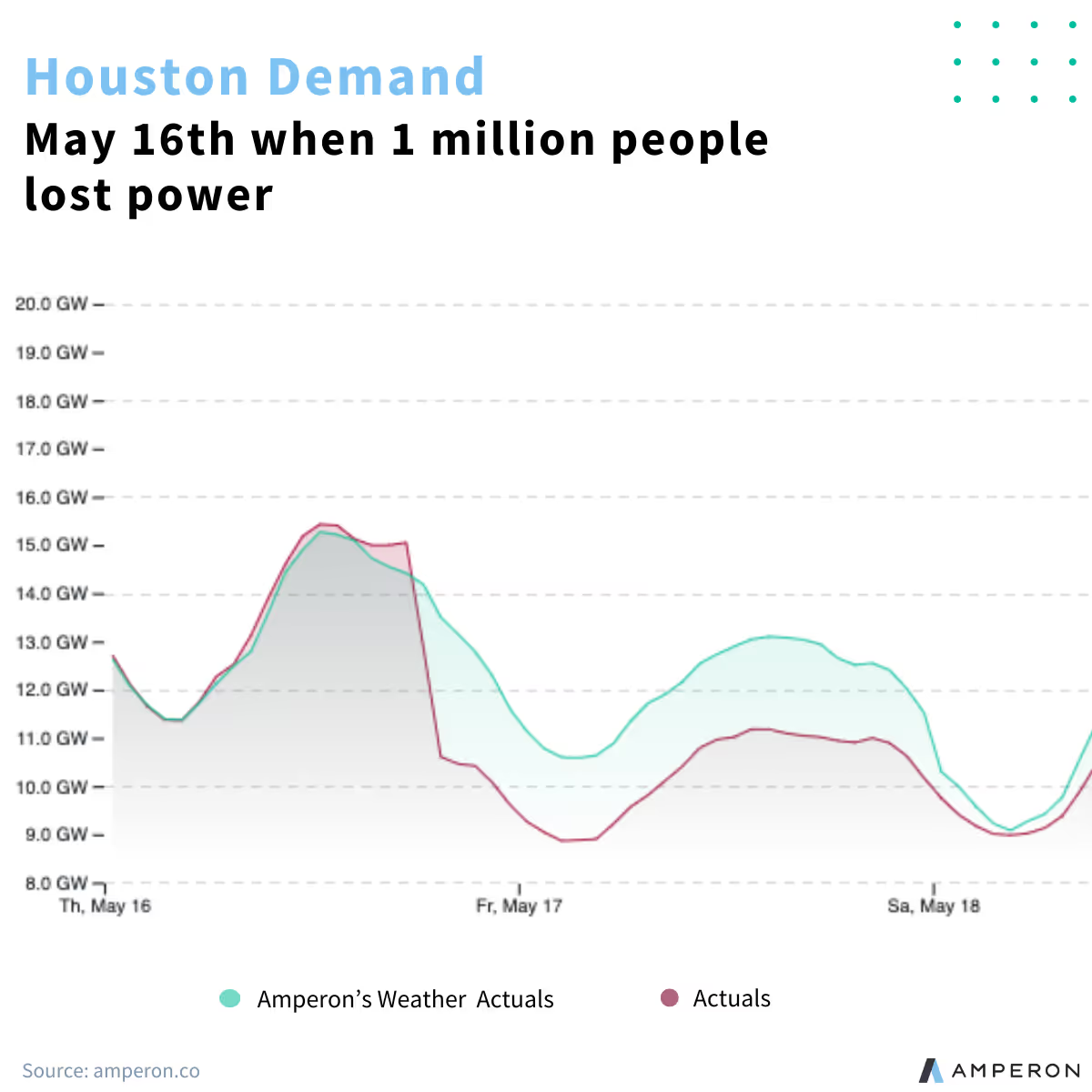


.avif)
.avif)



.avif)

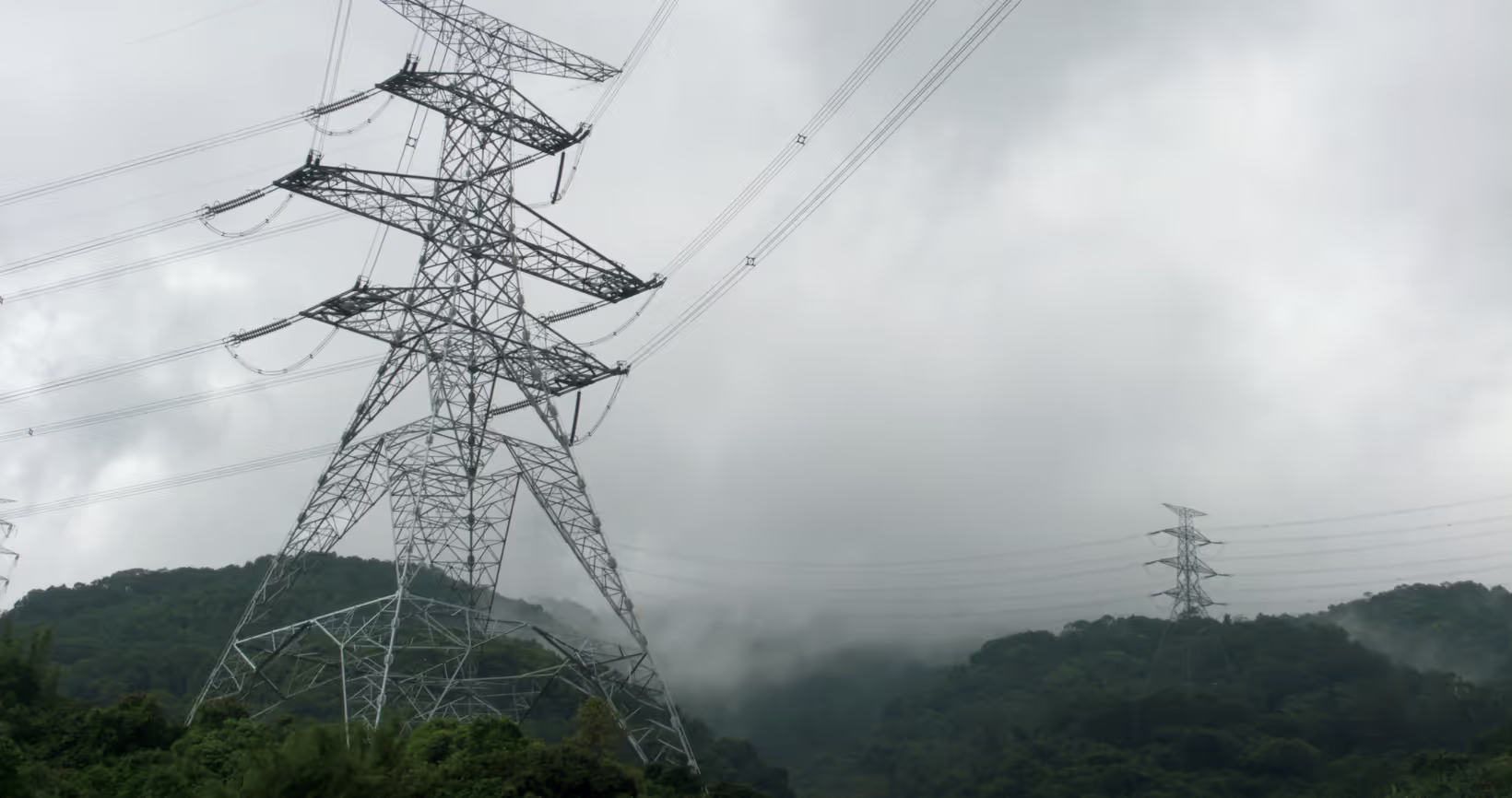


.avif)



.avif)



